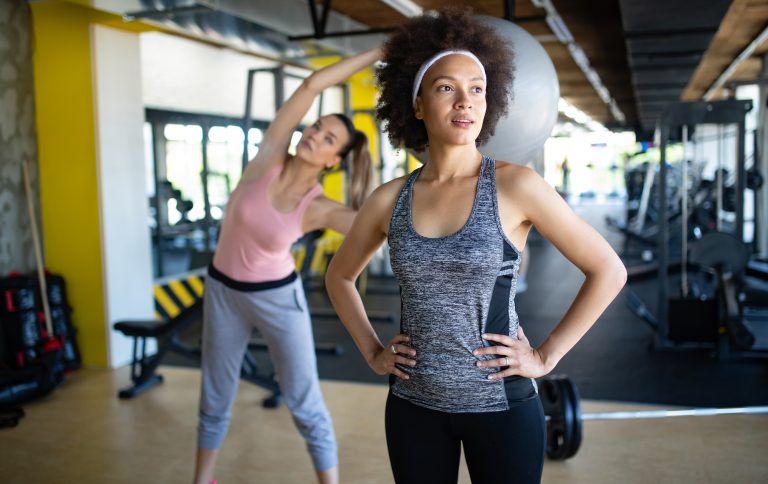Osteoporosis is a condition that causes the thinning of the bone tissues. The Bone Mineral Density (BMD) increases from childhood and peaks when you are in your thirties. According to the International Osteoporosis Foundation, one in three women and one in five men will experience osteoporosis-related fractures over 50 years. Fortunately, regular exercise can help you keep your bones healthy even when you get old. Keep reading to find out more.
1. Helps Produce Strong Bones
It is never too early to exercise. Your childhood and adolescent years are the best times to boost your bone density through exercise. A lot of the bone density reserves that carry us through life are built during youth. You can maximize the peak bone mineral density by engaging in various physical activities. Women are usually less active during this period of their lives, which makes them more prone to bone thinning later in life. The more you exercise in your 20s and 30s, the thicker and stronger the bones.
2. Maintains Bone Mass
Your bone density increases as you grow. By the time you get to 30, you have reached the peak, and the decline begins. Fortunately, by this time, your muscles are fully developed. You can take advantage of this peak in physical strength and take part in various types of exercises. An excellent place to start is weight-resistance training. This type of exercise involves lifting weights. You can mix it up by adding balance and weight-bearing exercises for the best results. These exercises will help maintain your BMD at its peak for longer.
3. Slows Down Bone Loss
Bone mass density is lost faster among the elderly. Usually, the rate of bone loss increases as you approach menopause. By exercising now, you delay the decline. Even though your body will eventually begin to slow down, the bone mass you have built up over the years will give you an edge. Simple exercises and a good diet will be enough to help you get through those risky years.
4. Improves Balance and Coordination
Balance exercises challenge you physically, and they force you to think about your body movements. Something as simple as standing on one foot for 30 seconds can go a long way. You can take up water sports, such as skiing or surfing to improve your coordination. On the other hand, strength training develops the core muscles to hold your upper body. Improved balance and coordination reduces the chances of tripping or hip-breaking falls later in life.
5. Exercise Boosts Reflexes
Reaction time refers to how fast your body responds to a change in the environment. Sensory signals are sent to the brain, which stimulates parts of the body to respond accordingly. Unfortunately, as you get older, cognitive functions deteriorate and so does reaction time. However, reflexes are involuntary and stick around for longer. A quick reflex helps your body protect itself from harm, such as when you fall.
Hopefully, this article alerts you to the benefits of exercising. Getting old is part of life. While it can’t be avoided, you can equip your body with the tools to survive when the time comes. It’s time to renew that gym membership.


